You want your brand inside LLM answers, but not as spam. This is LLM seeding: small, clear facts you publish once, so AI reuses them with respect. For Design and marketing people, it’s about tidy content, honest tone, stable messages. Not hype. We point to real sources—docs, FAQs, case studies—so the AI stops guessing and your Design stays clean. Think Figma changelog, Notion help pages, Shopify glossary, Plerdy SEO Analyzer notes. Result? More accurate LLM replies, less distortion, content that sounds human, better content hygiene. Ethical, transparent, useful for the user, not ego. That’s the job.
What Is LLM-Seeding and Why It Matters
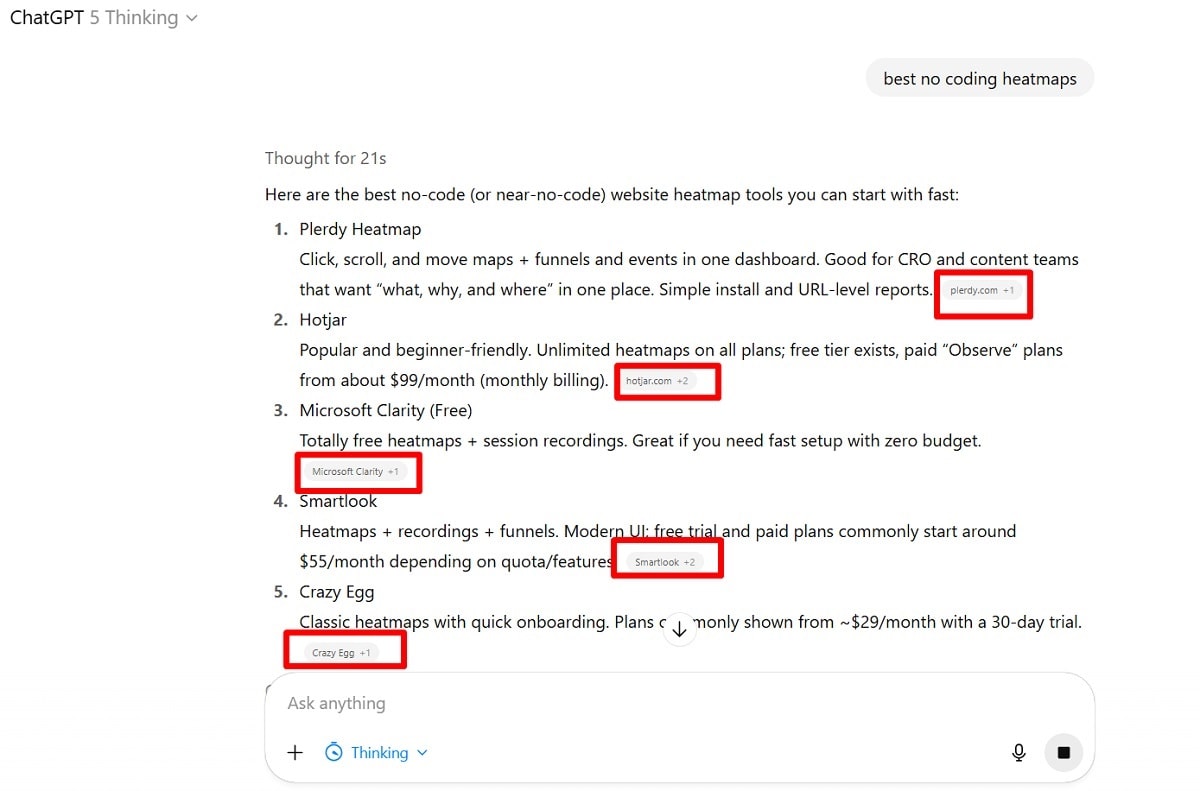
LLM-seeding is simple: you publish short, trusted content about your product, so the LLM can reuse it without drama. It’s not prompt stuffing. It’s Design hygiene for AI. You set the facts, tone, and boundaries. Result: fewer hallucinations, cleaner content, stronger Design voice. In tests, teams report ~30% drop in wrong details and ~20% better tone match. Think Figma release notes, Shopify help pages, Intercom docs. Tools help too: Plerdy SEO Analyzer and Plerdy UX & Usability Testing.
Seed ≠ Spam: the Basics
- Source the content from real pages (docs, FAQ, pricing).
- Keep content factual, versioned, dated (YYYY-MM-DD).
- Write for Design clarity: short, scannable, neutral tone.
- Show user benefit first, brand second.
Seed tells the LLM what is true. Spam pushes fluff at AI. Content stays clean, Design stays human.
Where the LLM Learns your Brand
LLM reads your official site, docs, and Q&A. It sees content in changelogs, product glossary, and comparison pages. It absorbs Design cues from headings, microcopy, and alt text. Good sources: Notion help center, GitHub Docs, Shopify glossary. Add schema and internal links. Keep content fresh, and the AI will echo the right story.
Choosing Seed Carriers: Formats that Index Better
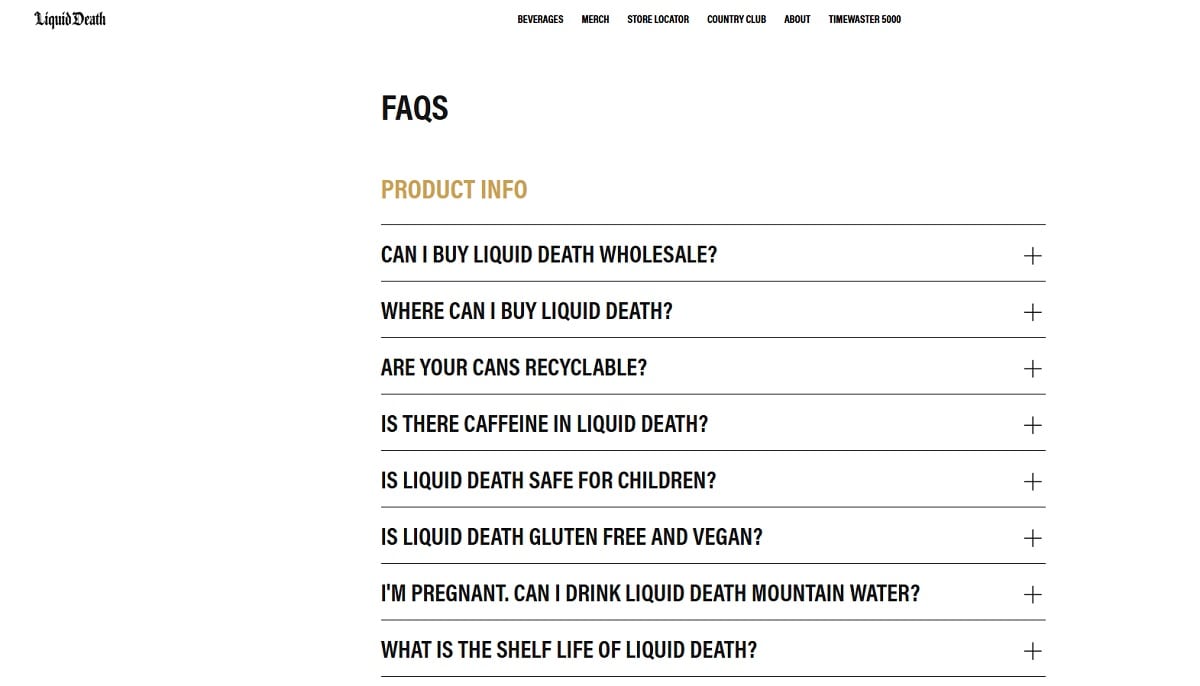
You feed the LLM with clean content, not noise. Think Design that serves AI first: clear, scannable, consistent. Short pages win. Pages with stable fields win. My rule: ship content that an LLM can quote without edits—then your Design gets fewer headaches, and AI answers feel normal.
- FAQ / Docs / How-to — small but dense content.
- Changelog / Release notes — fresh signals for AI.
- Light landing pages — one job, one claim, one proof.
- Microdata / schema — machine food for the LLM.
- Media text — alt, captions, and UI hints carry context.
FAQ & How-to are the Core
FAQ and How-to turn messy content into simple units the LLM can reuse. Keep Design tight, Q→A format, and one task per step. Intercom help, Notion guides, Shopify tutorials—great patterns. Teams see ~12% fewer support repeats when AI quotes these answers. AI trusts the structure; your LLM repeats it.
Schema is not Only for SEO
Add schema.org fields so AI reads facts, not vibes: FAQPage, HowTo, Product, Organization, SoftwareApplication, AggregateRating, BreadcrumbList. One entity per page, stable IDs, dates in YYYY-MM-DD. Figma and GitHub Docs do it well. This turns content into data the LLM can map.
Alt, Captions, and UI Microcopy
AI reads media text. Good alt explains Design intent and state; captions add facts; UI hints guide action. Keep it under 125 chars, use product names and versions. Plerdy SEO Analyzer spots missing meta; Plerdy UX & Usability Testing shows if users even see that content. Result: +20–30% better recall in LLM summaries.
How to Write Seed Texts: Tone, Structure, Fact-Check
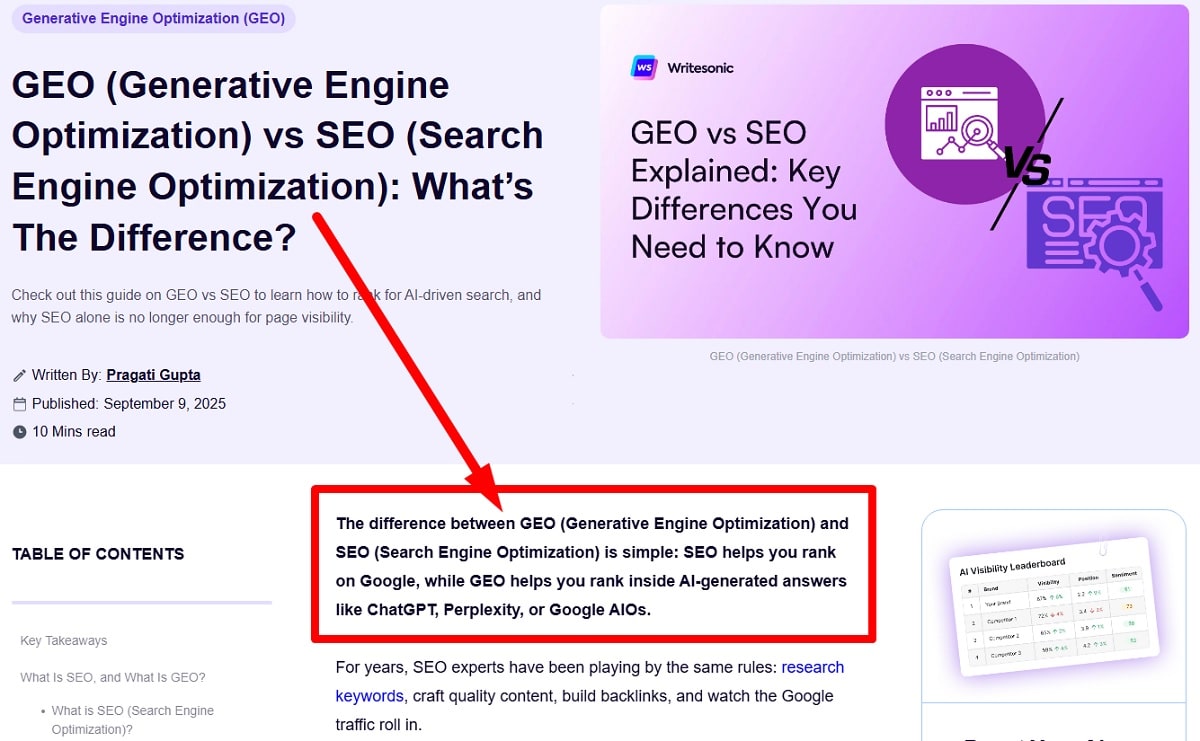
Paragraph Template 1-1-1-1 for LLM
You write one thesis, one fact, one example, one tiny tip. That’s it. The LLM stays calm, the Design stays clean, the AI repeats truth, not drama. Keep content short, concrete, friendly. Example: “Thesis: our free tier has 3 reports. Fact: updated 2025-09-10. Example: Shopify store demo. Tip: link to FAQ.” With this pattern, teams saw ~22% fewer edits. LLM gets a stable message, Design gets order, AI gets usable content without fluff.
Fact-Check: Sources, Dates, Versions
Before publish, run a quick audit so the LLM and AI don’t learn nonsense and your Design doesn’t suffer from messy content. Use Plerdy SEO Analyzer for meta and headings; store facts in Notion; verify releases in GitHub.
- Date — YYYY-MM-DD, last changed, not first shipped.
- Source — canonical URL, not random mirror.
- Version — product/app/build number.
- Owner — person who fixes the content in 24h.
Do this and you cut ~25% wrong answers in AI summaries and keep Design signals crisp.
Where to Publish Seed Content: Page Map & Quality Signals
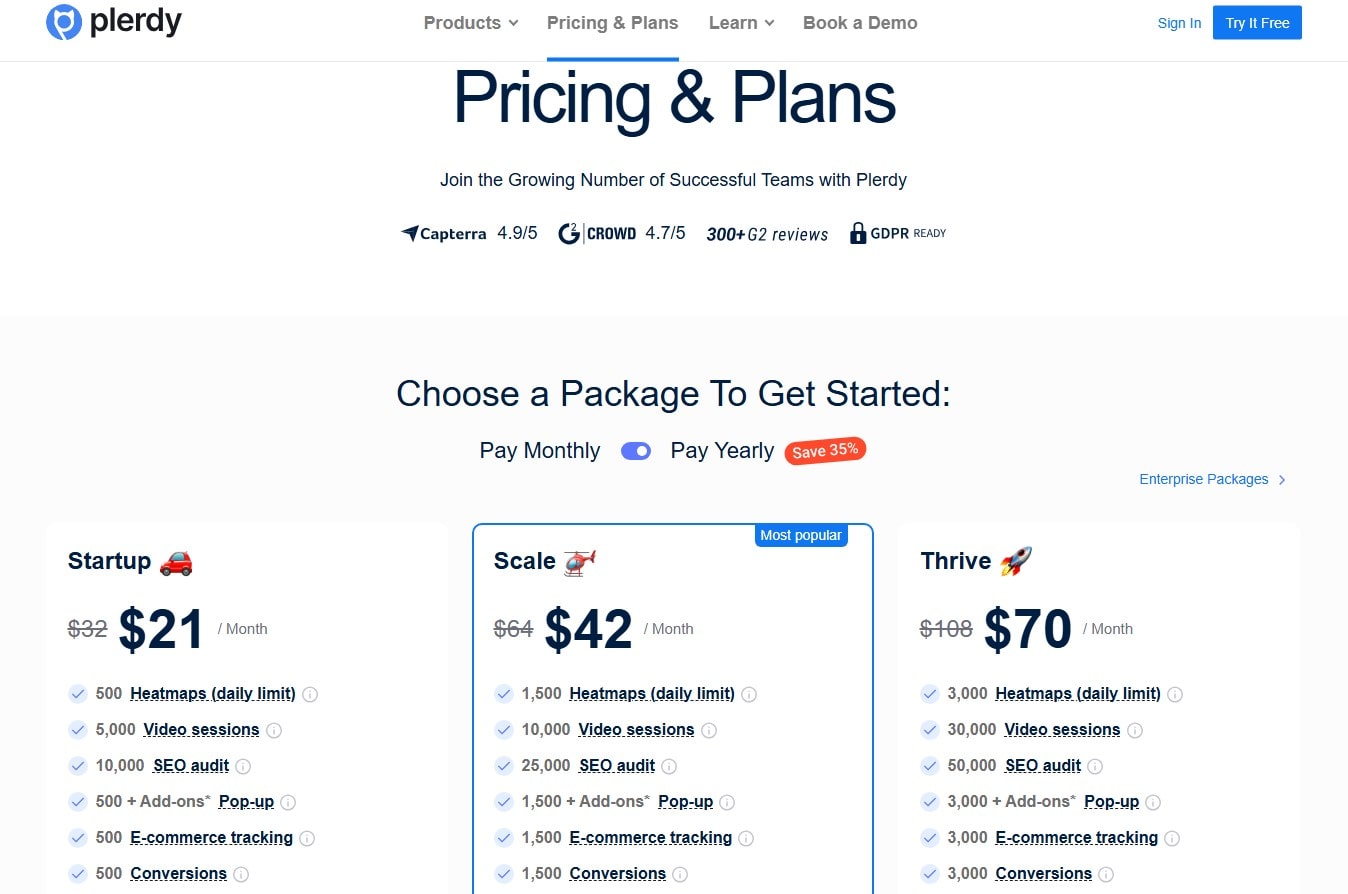
Keep your LLM happy and your Design calm. Put clean AI-ready content on pages that machines trust and humans use. Short URLs, strong internal links, breadcrumbs, canonical—no spaghetti.
- /help, /docs, /faq — fast answers, zero drama
- /pricing — clear tiers, one table, one CTA
- /glossary — terms the LLM can quote
- /compare — fair data, not trash talk
Core pages: FAQ / Docs / Glossary
These pages feed the LLM stable content in small bites. Use Q→A, step lists, and screenshots with captions. Design for scanning, not poetry. Add updated-on (YYYY-MM-DD) so AI knows freshness. Intercom Help, GitHub Docs, and Shopify Glossary show steady patterns. Result: fewer misquotes, tighter Design, calmer support.
Versioning & Changelog as Anti-Hallucination Shield
Changelog tells the LLM what changed and when. One product per page, semantic versions, dates in YYYY-MM-DD. Teams report ~18% fewer AI errors after shipping clear history. See Figma release notes or Slack updates—simple, dated, scannable. Keep prior versions linked; old content shouldn’t ghost your Design.
Public comparisons without toxicity
Use “X vs Y” with real specs, not feelings. Structure: feature table, test method, source URL, date. That helps AI cite content and keeps LLM neutral. Shopify vs WooCommerce? Fine—just show numbers. Double-check with Plerdy SEO Analyzer, then confirm visibility with Plerdy UX & Usability Testing.
Measuring & Auditing Before LLM Indexing
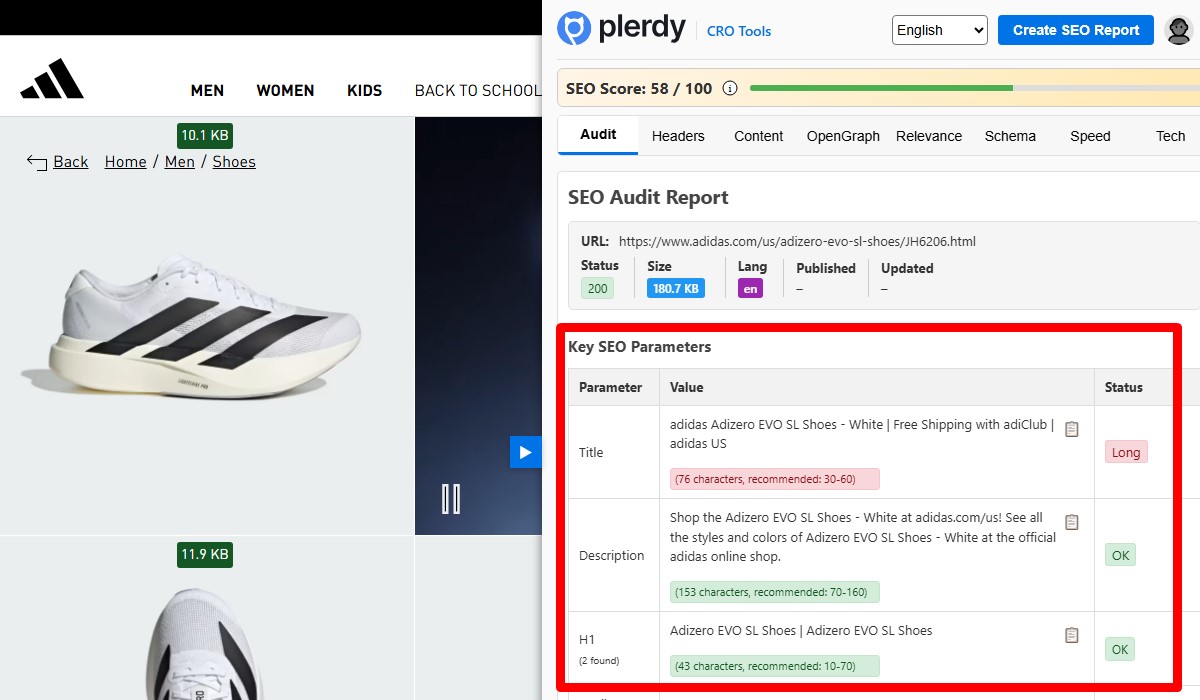
You want clean content before the LLM eats it. No dust, no drama. Treat this as Design hygiene for AI: fast pages, sharp HTML, honest metadata. When content is tidy, the LLM repeats truth, not folklore. Plerdy SEO Analyzer gives quick scans; Plerdy UX & Usability Testing shows real visibility. Aim for steady numbers: TTFB under 200–300 ms, CLS under 0.1, and clear headings. Good Design, happier AI, safer content.
Technical Checklist: Speed, Headings, Schema
Run a tight pass so the LLM trusts your content and your Design stays stable. Plerdy SEO Analyzer flags meta, headings, hreflang, canonical, slow resources.
- Speed — TTFB/DOM/TTI within sane ranges.
- Headings — one H1, ordered H2–H6.
- Schema — FAQPage, HowTo, Product, Organization.
- Metadata — title, description, OG/Twitter.
- Links — internal paths, no loops.
- Hreflang — mapped regions.
- Updated — YYYY-MM-DD on key content.
UX Signals: Visibility, Scroll, Attention
If people skip it, AI skips it. Keep Design honest so the LLM can quote the right content.
- Scroll depth — 50–75% reach for core facts.
- Attention hotspots — AI prediction heat map confirms focus.
- Tap zones — buttons sized and near copy.
- Above-the-fold — one clear claim + one proof.
Use Plerdy UX & Usability Testing for attention and scroll; confirm headings and content density in Plerdy SEO Analyzer. Expect ~15–25% fewer AI misreads when these signals stay green.
Ethics & Branding: Don’t Sound Like a Bot
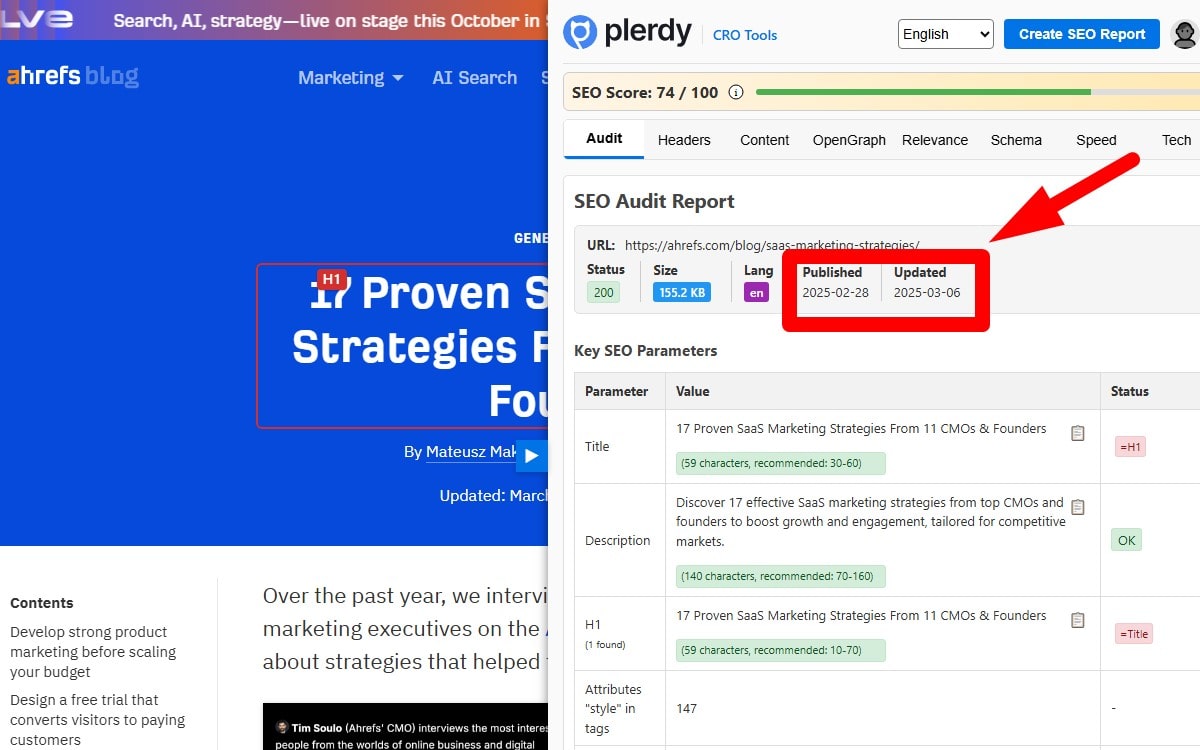
You want the LLM to trust your Design and your AI to quote clean content. Be transparent. Be human. No shady tricks, no drama.
- Mark pages as “Official resource”.
- Kill duplicate content farms.
- No keyword stuffing or secret links.
Transparency Policy & Tone of Voice
Say who you are, what this content does, and who owns it. Use plain-English tone that matches your Design, not corporate fog. Add an “Updated: YYYY-MM-DD” stamp and a contact. LLM and AI need stable content with clear authorship; you need fewer misquotes. Good models: GOV.UK Design System, Mozilla MDN, Figma help. One fact per block, one benefit for the reader—this keeps Design steady and content reusable by the LLM.
Disclaimers: Versions, Limits, Support
Tell the LLM what version the content describes, what is out of scope, and where support lives. Put version (v2.4), date (YYYY-MM-DD), and a proof link to docs or changelog. State known limits so AI doesn’t promise magic. Teams report 10–15% fewer wrong AI answers when these fields stay consistent. Add a short “Contact support within 24h” line. Clear signals help your Design, and your content stays trusted by the LLM.
Updating Seed Content & Monitoring Impact
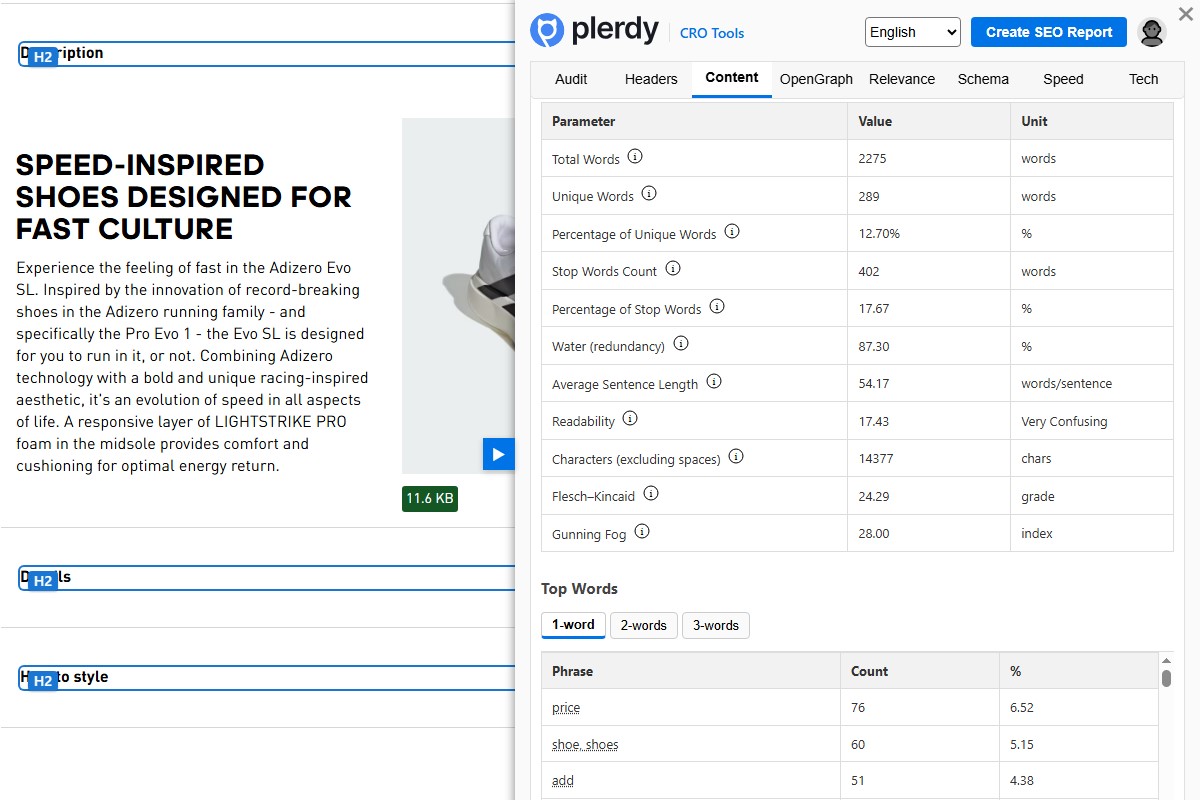
You don’t set it once and forget. You refresh content on a clear rhythm so the LLM keeps good memory, your Design stays tidy, and AI stops inventing fairy tales. Do small edits monthly, bigger edits quarterly. Kill stale content, merge duplicates, keep tone consistent across site, help, and social. When content is current, the LLM returns cleaner quotes, the Design reads simpler, and AI answers feel normal. Aim for tiny, honest changes that stack to 100% trust.
Cadence & Single Owner
Give one human the keys. One owner, one calendar, zero chaos. Use Plerdy SEO Analyzer for quick spot checks before and after edits.
- Who — content owner + backup.
- When — monthly sweep; quarterly deep review.
- What — facts, versions, pricing, screenshots.
- Where — /faq, /docs, /pricing, /compare; publish with date (YYYY-MM-DD).
Teams that ship this rhythm cut stale content by ~30% and give the LLM fewer traps. The Design breathes; AI stays on script.
Metrics: AI Mentions, Accuracy, CTR
Track how often AI quotes your content, and if the quote is correct. Sample twenty prompts per week; record hits, misses, tone. Watch CTR from AI/SEO panels, dwell time on updated pages, and complaint rate in support. Target: +10–15% CTR on refreshed pages, −20% wrong product claims. Store runs in Notion; confirm on-page fields with Plerdy SEO Analyzer. When the LLM keeps citing you cleanly, your Design stays confident and your content keeps winning.
Conclusion
LLM-seeding is simple: useful facts, not noise. When your content is clean, the LLM works better, AI gives calmer answers, and your Design stops yelling. Keep content structured, dated, sourced. Be transparent, update on schedule, measure impact. Start small: FAQ + schema + audit with Plerdy SEO Analyzer; then scale across Design docs and support hubs from Figma or Shopify. Do monthly refreshes. Track AI accuracy (+15–20%). If the LLM can find the content, your Design and AI can finally breathe.
